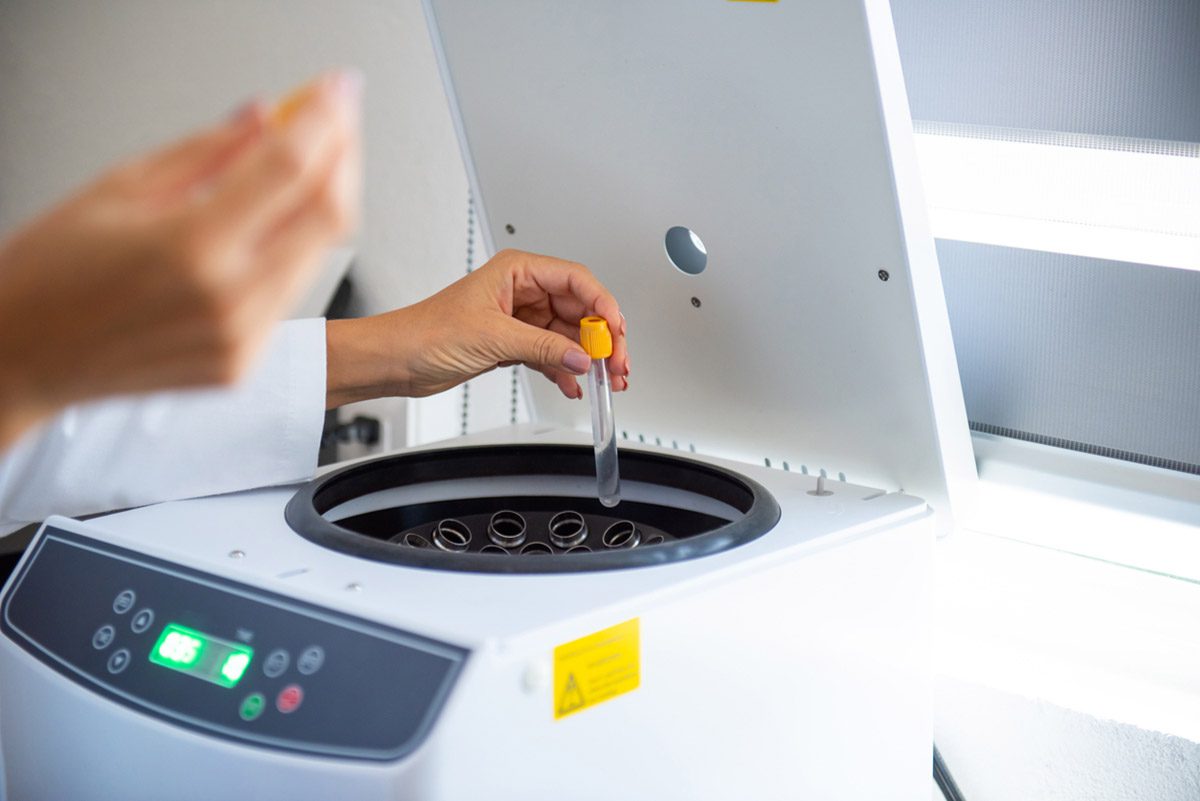Free Access: Please Log In
This content is completely free—but you need to be logged in to read the full article. If you already have an account, please log in below. Otherwise, register for free to unlock instant access.
References (3)

- Silva-Dos-Santos A. Commentary on ‘Blue-blocking glasses as additive treatment for mania: a randomized placebo-controlled trial.’ Bipolar Disord. 2016;18(8):708–709. PubMed CrossRef
- Taylor S. Molecular genetics of obsessive-compulsive disorder: a comprehensive meta-analysis of genetic association studies. Mol Psychiatry. 2013;18(7):799–805. PubMed CrossRef
- Glass IA, Stormer P, Oei PT, et al. Trisomy 2q11.2→q21.1 resulting from an unbalanced insertion in two generations. J Med Genet. 1998;35(4):319–322. PubMed CrossRef
Please sign in or purchase this PDF for $40.




